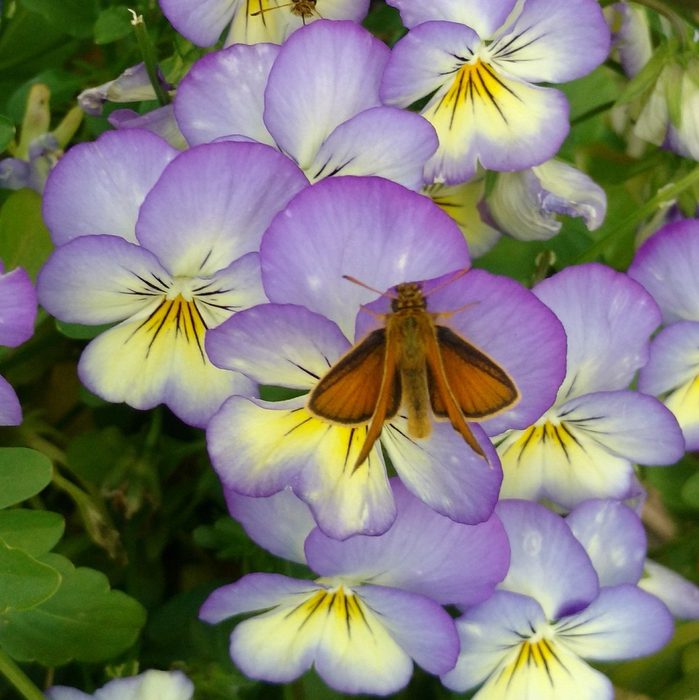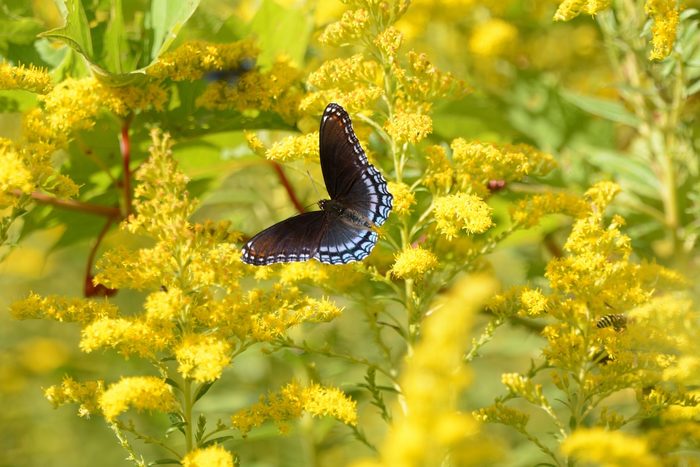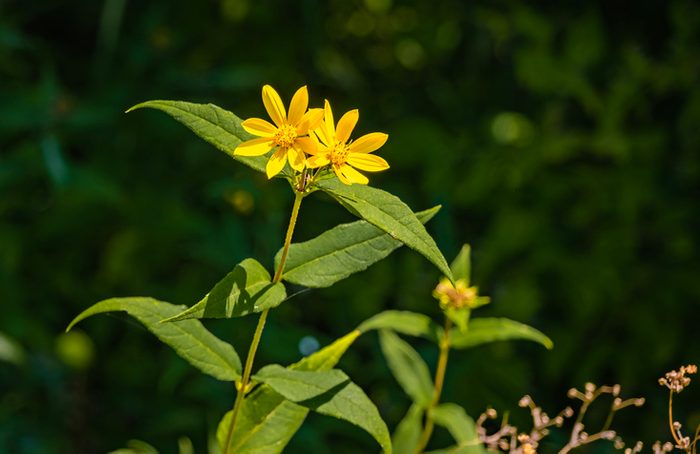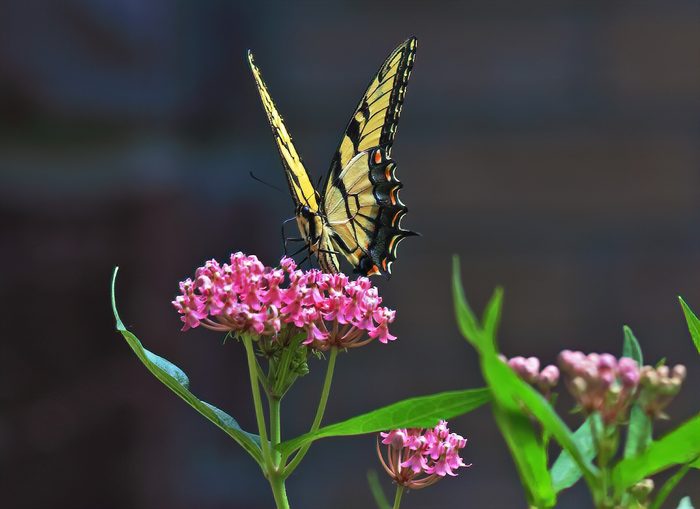Design a garden filled with colorful wildflowers to attract butterflies and other pollinators from spring through fall.

Plant a Meadow: Grow Wildflowers for Butterflies


Purple Coneflower
Echinacea spp.
These tall, proud perennials are beloved as cut flowers. But be sure to leave some for your birds and pollinators! Deadhead coneflowers often to encourage new blooms, especially early in the summer. For a more natural look, grow native pale purple coneflowers as wildflowers for butterflies.

Wild Violet
Viola spp.
These petite but assertive blossoms are often considered a pest in lawns and cultivated gardens. Don’t root them out altogether, though. Wild violets serve as host plants for many fritillary butterfly caterpillars. Let them spread in your wildflower garden for butterflies and look out for little spiky, but harmless, caterpillars chewing happily on the low leaves and purple blooms.

Black-eyed Susan
Rudbeckia spp.
Rudbeckias are members of the coneflower family. Black-eyed Susans (R. hirta) are the most well known. There are many other native species worth growing, though. These sturdy stalwarts are biennial, waiting to bloom the second year after planting from seed.

Goldenrod
Solidago spp.
Ignore the common myth thatgoldenrod makes you sneeze. (That’s likely just ragweed, which usually blooms at the same time.) Like asters, these slender gold spears are another fall favorite choice as wildflowers for butterflies. Small varieties like Ohio goldenrod (S. ohioensis) are ideal for compact gardens.

Sunflower
Helianthus spp.
When you think about this beloved wildflower, you probably think of common sunflower (H. annuus), native to the West and grown all over the country. But there are many other members of this family, like the western sunflower (H. occidentalis) which is perfectly suited to containers or tiny plots.

Milkweed
Asclepias spp.
Monarchs need milkweed, but many other butterfly species extract nectar from this widespread wildflower, too. Common milkweed (A. syriaca) grows well in much of the country. Seek out other native varieties if you’re in the West or Southeast.

Aster
Symphyotrichum spp.
Fringed aster flowers help extend butterfly season well into fall. Some butterflies overwinter in the North and need nectar flowers right up until the first frost. Most asters prefer sun but some tolerate a little bit of shade, so plant them in a bright spot.






















